This website uses cookies so that we can provide you with the best user experience possible. Cookie information is stored in your browser and performs functions such as recognising you when you return to our website and helping our team to understand which sections of the website you find most interesting and useful.
Which Hearing Aid Style is Right for You
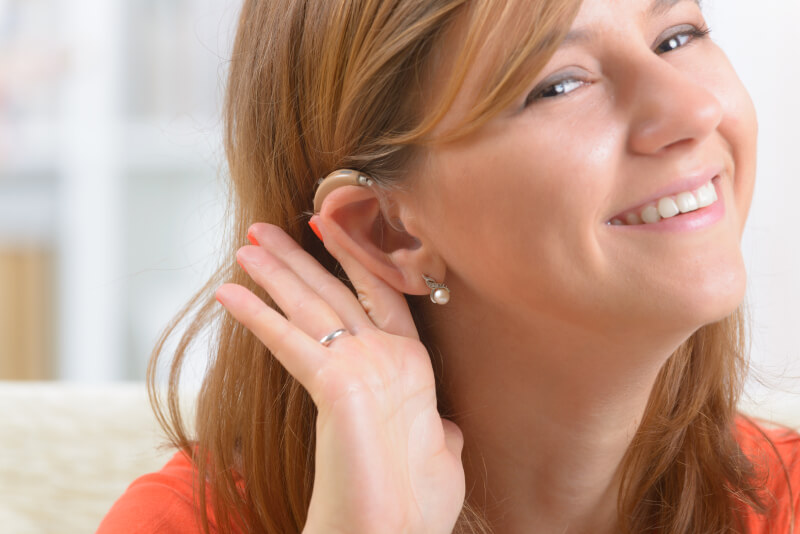
Choosing the right hearing aid can become a troublesome task because of the many options for you to choose from. Current hearing aid devices have enormously improved their quality and designs. Selecting the appropriate one for you will depend on multiple factors, such as the extent of your hearing loss, your visual ability to handle small adjusters, and your frequent environments.
Hearing aids amplify the sound vibrations that enter the ear, allowing the hair cells to pick up the amplified vibrations and convert them into electrical signals that can be transmitted to the brain. The amount of amplification required for a hearing aid increases with the severity of your hearing loss.
At Advanced Audiology Care in Old Bridge, New Jersey, we provide you with hearing loss treatment paired with thoughtful guidance. Dr. Fan will help you choose the individual hearing solutions that best fit your needs and lifestyle.
How do I know if I need a hearing aid?
Hearing loss might not be noticeable right away. Here are some signs that could help you identify if you need a hearing aid:
- Experiencing difficulty comprehending others' conversation in loud environments and misinterpreting their words
- Requesting others to repeat what they've said
- Using a higher volume than others while listening to music or watching TV
- Having trouble hearing during phone conversations
- Feeling exhausted or anxious from focusing on listening
If you suspect you need a hearing aid, we suggest visiting your doctor for a precise hearing loss evaluation. Besides analyzing the extent of hearing impairment in a patient, the hearing test will also include a general health history evaluation.
What is the evaluation procedure for a hearing aid?
Our specialists might ask about your medical or family health family history during your hearing exam. Knowing about your lifestyle and family can help determine the extent of your hearing loss.
Dr. Fan may perform multiple painless and quick tests, including the following:
- Comprehensive audiology test
- Tympanometry
- Stapedial reflexes and reflex decay
- Sentence-in-noise (SIN) test
What are the types of hearing aids available?
There are three basic types of hearing aids: behind-the-ear (BTE), in-the-ear (ITE), and receiver-in-canal (RIC), with the following variations:
Behind-the-ear (BTE)
A BTE hearing aid hooks over the top of your ear and sits behind the ear. This type of hearing aid also:
- Has directional microphones
- It is appropriate for all ages and almost any kind of hearing loss
- It can amplify more than other styles
- It is available with a rechargeable battery
BTE hearing aid style variations:
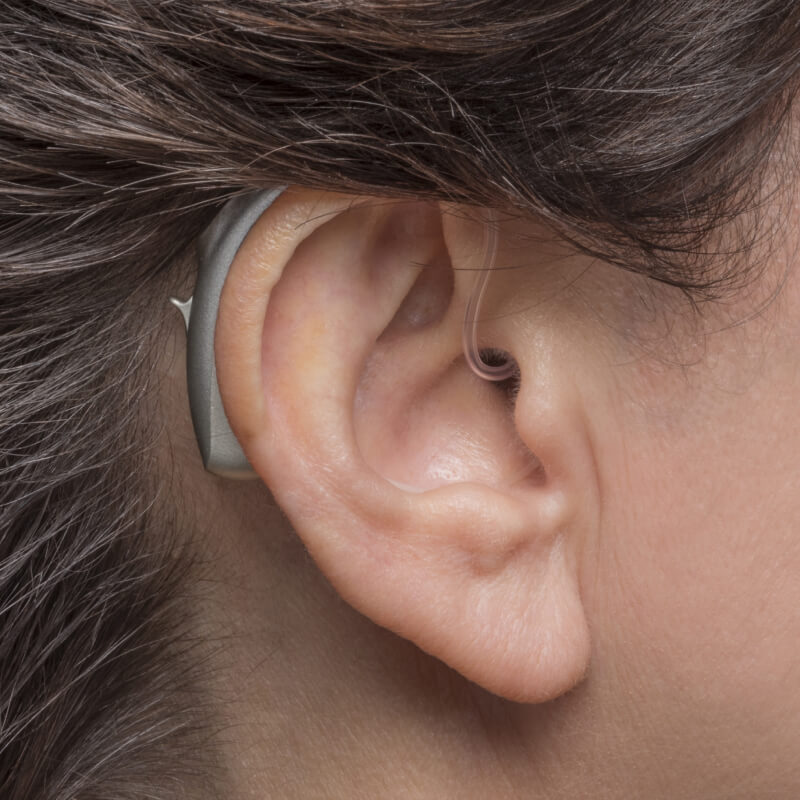
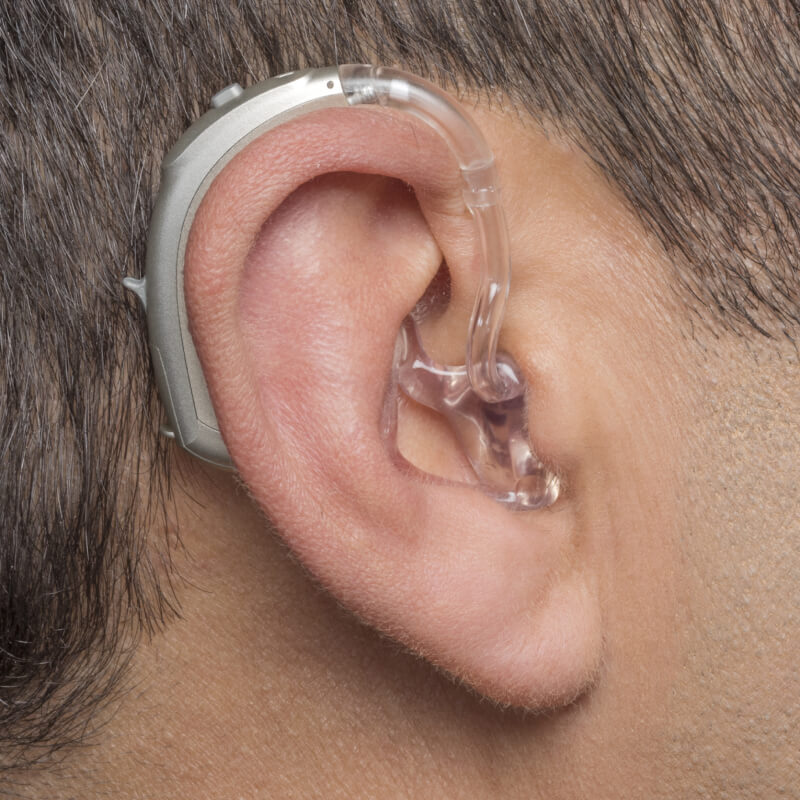
In-the-ear (ITE)
In-the-ear hearing aids:
- Can help patients with severe hearing loss
- Have two microphones
- Have volume controls
- Are more noticeable than other smaller devices
ITE hearing aids are custom-made in two styles: one that fills most of the bowl-shaped area of your outer ear (full shell) and one that fills only the lower part (half shell):
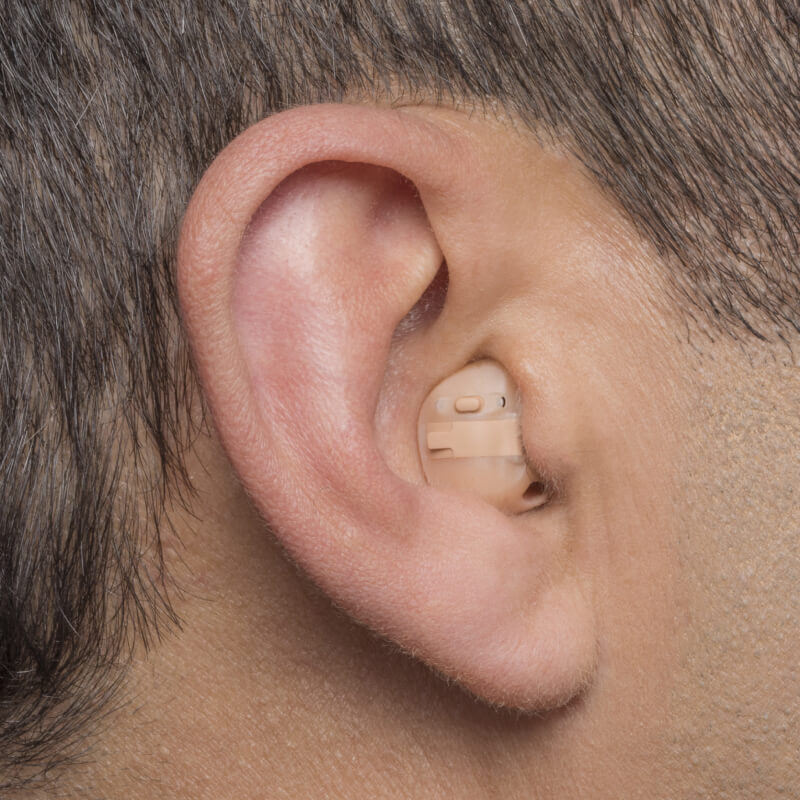
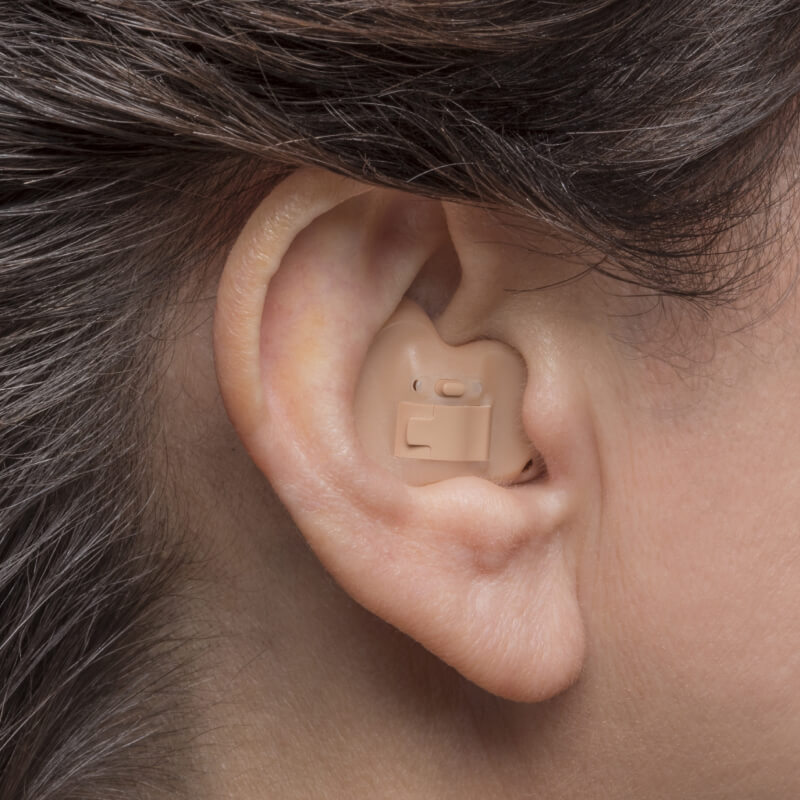
Other types of ITE hearing aids include:
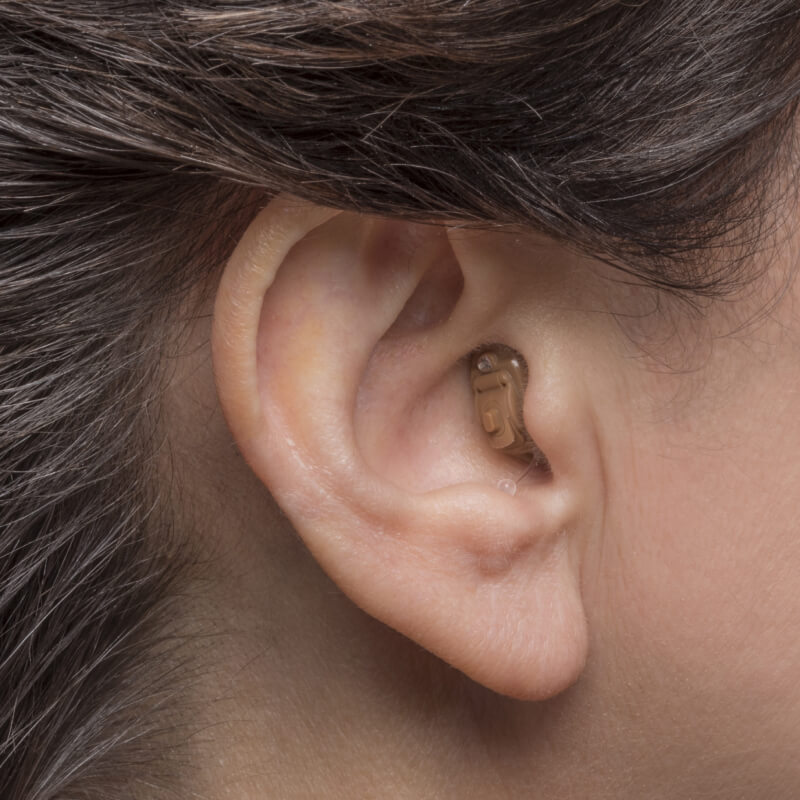
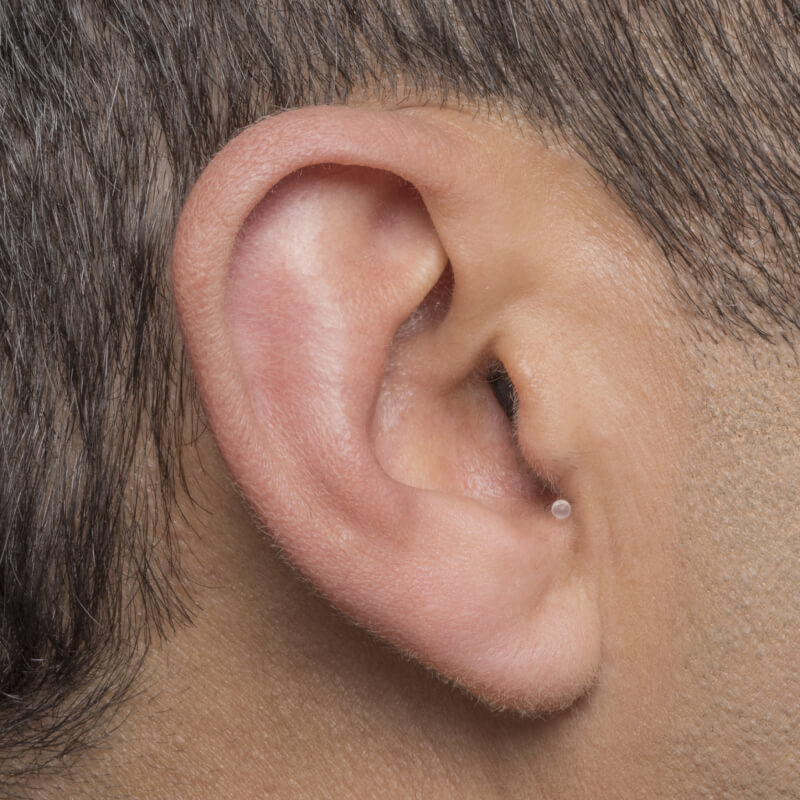
Receiver-in-canal (RIC)
Similar to a behind-the-ear hearing aid, a receiver-in-canal has a speaker or receiver near the ear canal. However, this type of hearing aid uses a small wire instead of tubing. Receiver-in-canal hearing aids also:
- Are less noticeable than other styles
- Have manual control options
- Are equipped with batteries
Receiver-in-canal style variations:


Which hearing aid style is the right one for me?
Dr. Fan will consider the following factors to help you select the best hearing aid for you:
- The extent of hearing loss
- It is available with a rechargeable battery
- Visual abilities
- Cosmetics
- Skin sensitivities
- Anatomical/medical considerations
He will also ask you about your lifestyle, the hobbies you enjoy doing, your job, and which places you frequent to understand the kind of hearing aid you need.
How do I get used to my hearing aid?
Hearing aids can be uncomfortable when you start wearing them. Your voice and the sounds in your surroundings may sound different, but with time, you’ll start getting used to the amplification. Allow yourself to practice wearing your device in different environments. We also recommend visiting your doctor for constant follow-ups.
Hearing Aids in Old Bridge, New Jersey
Advanced Audiology Care provides hearing tests using state-of-the-art equipment paired with noise-canceling headphones to obtain accurate results. Our comprehensive hearing evaluations include tympanometry, pure tone, bone conduction testing, and speech recognition testing to assess auditory function accurately.
Reach out to us to schedule an in-office comprehensive hearing evaluation and consultation.
If you need a hearing aid, contact Advanced Audiology Care at (848) 257-5521 to schedule an appointment with Dr. Fan for a hearing evaluation. You may also request an appointment online.


